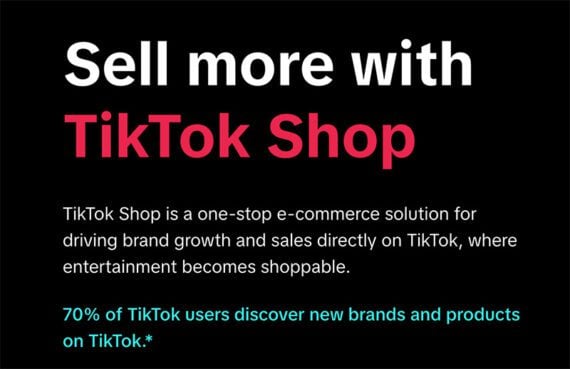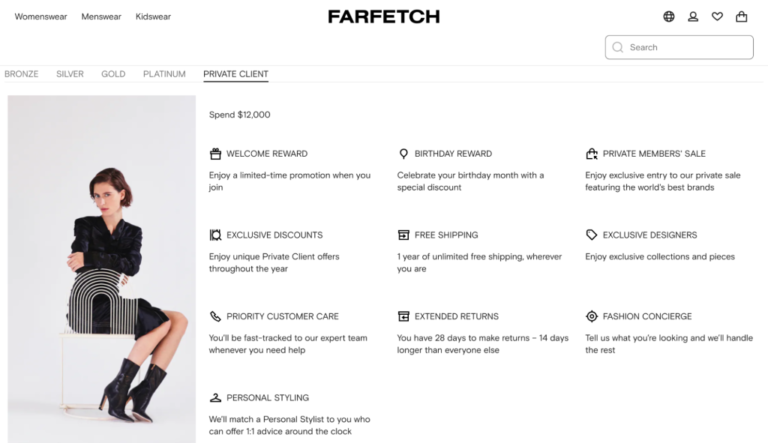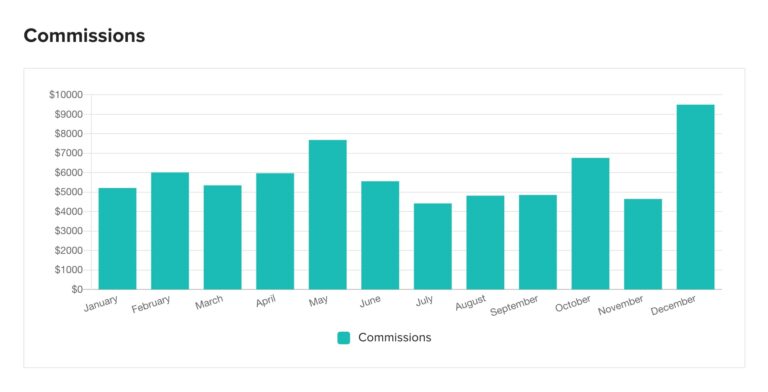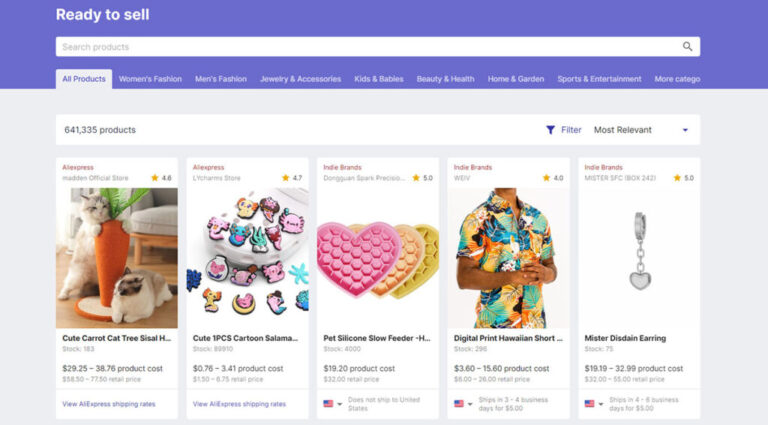TikTok faces an unprecedented U.S. ban, caught between its massive consumer popularity and lawmakers’ distrust. The crisis started in 2020 when some citizens and legislators grew concerned about the China-based social media company’s privacy practices and its relationship with that country’s communist government.
In April 2024, President Biden signed the Protecting Americans from Foreign Adversary Controlled Applications Act, requiring TikTok’s parent company to sell the platform by January 19, 2025.
The U.S. Supreme Court will hear an appeal on January 10, 2025, and many commentators expect TikTok to survive in the United States, with or without new owners.
TikTok Shop
Meanwhile, TikTok Shop has been a boon for some sellers. The social commerce platform will reportedly reach $50 billion in worldwide gross merchandise volume in 2024. More than $10 billion of that total is likely to come from the U.S. market.

TikTok Shop is among the top social commerce platforms but has not likely reached its full potential.
Collectively, the nascent social commerce platform recorded $137 million in 2024 Black Friday and Cyber Monday U.S. sales.
Yet TikTok Shop may be far from its potential as online sellers, great and small, are waiting to learn how the ban plays out before adding another platform.
Ecommerce platforms now include at least four types of selling environments.
- Ecommerce shops are storefronts from software suppliers such as Shopify, WooCommerce, BigCommerce, and Wix, to name a few. Most ecommerce merchants use these storefronts as a home base or flagship store online.
- Ecommerce marketplaces — Amazon, Walmart, eBay, many more — are also common, if not essential, for online sellers. The number of marketplaces continues to grow, perhaps most notably with Temu’s U.S. seller program.
- Ecommerce mobile apps for Apple’s iOS and Google’s Android are common for enterprise retailers as a primary storefront or separate.
- Social commerce storefronts include TikTok, Facebook, Instagram, and others. Published estimates put the total global social commerce market at $2.9 trillion. Consumers increasingly expect sellers to have a presence on multiple social commerce platforms.
These various and sometimes repetitive ecommerce selling platforms are necessary because American shoppers tend to use several of them.
Mixed Signals
One could argue that U.S. consumers send a lot of mixed signals. Consider a few examples of contradictory survey results.
- “49% of customers start and end their shopping journeys on retailer websites or apps,” according to a Hostinger article — points for ecommerce shops and mobile apps.
- “Amazon accounted for 37.6% of the U.S. ecommerce market in 2023, followed by Walmart (6.4%), Apple (3.6%), eBay (3%), [and] Target (1.9%),” according to Jungle Scout — chalk up one for marketplace platforms.
- “56% of consumers start their product searches on Amazon,” according to Jungle Scout again — continuing the argument for marketplaces.
- “People aged 18 to 34 were the most into buying through social media, with about 73% of them saying they’ve bought something via social media channels,” according to an article from SellersCommerce — validating the need to use social commerce too.
Those statistics confirm why online merchants use many platforms in combination — including post-ban-paranoia TikTok Shop.
TikTok Redeemed
So if, as some predict, TikTok remains in the U.S. market and its future is no longer in doubt, expect a boom in sellers. Many ecommerce businesses, from small merchants to massive enterprises, will likely begin offering their products on the social platform.





